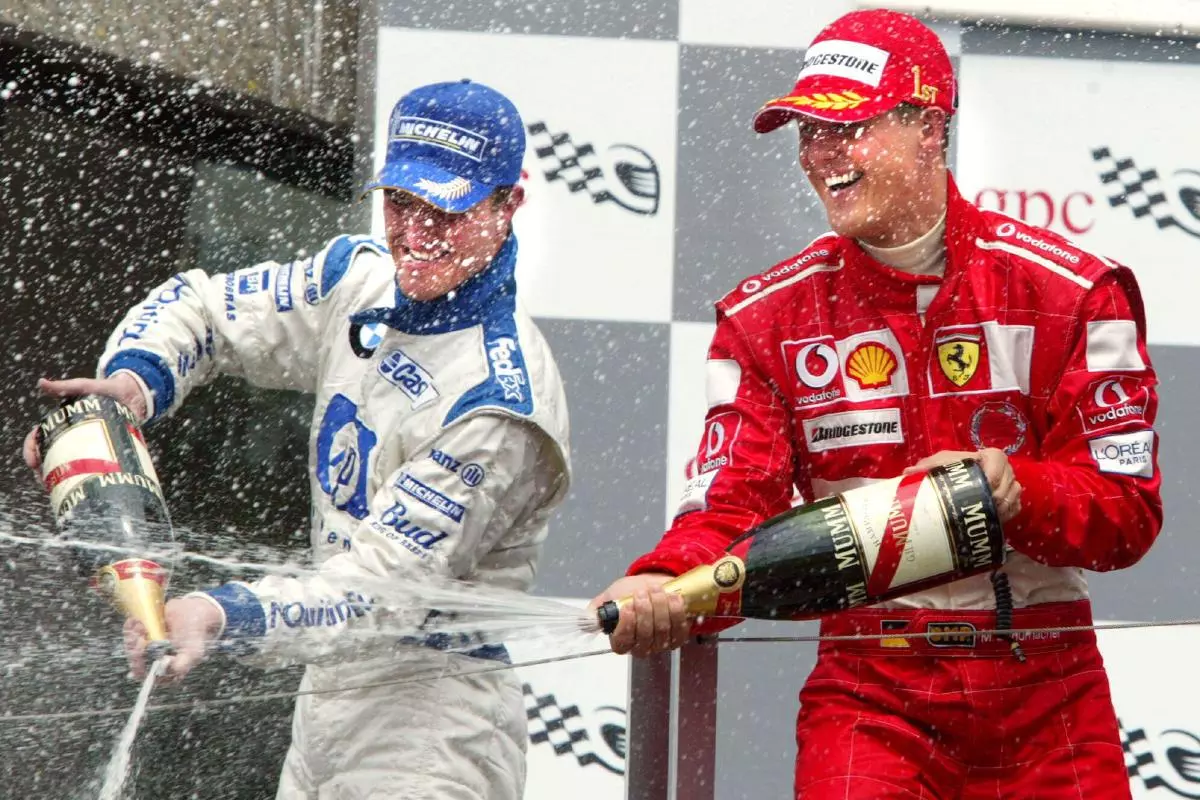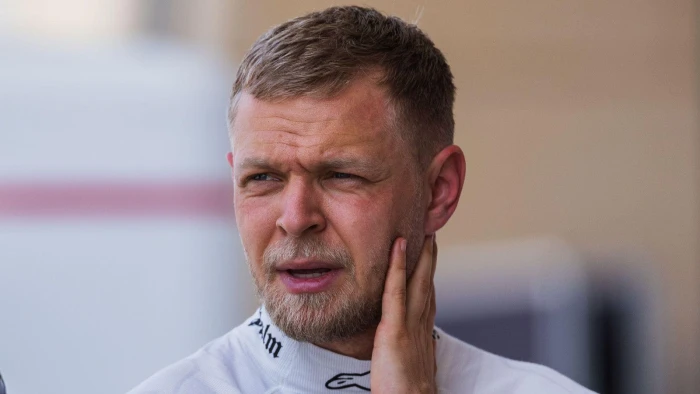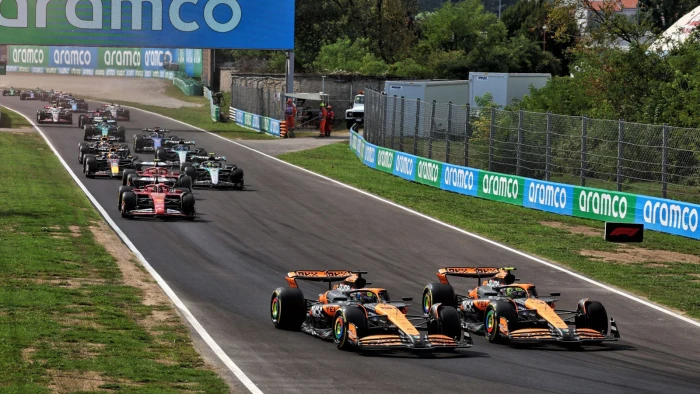Five things you may not know about the Canadian Grand Prix: Schumacher bros, groundhogs and more

Germany's Michael Schumacher, right, with Ferrari celebrates his victory along with his brother and second-place finisher Ralf Schumacher
The Canadian Grand Prix is set for its 58th running in F1 history on Sunday. Planet Sport checks out some facts you might not know about the race.
The Formula 1 paddock heads to Montreal this weekend for round eight of the 2023 season.
Max Verstappen holds a comfortable lead in the championship with a 53-point advantage over his team-mate Sergio Perez.
Driver disqualified for being too slow
The race is held on an island built for Expo 67
First race where siblings finished P1 and P2
In 2001, Ferrari's Michael Schumacher was aiming for his fourth drivers' title and at the eighth round he had a 52-point lead over McLaren's David Coulthard with nine races to go.
Michael led for most of the Grand Prix but Ralf kept clawing back any distance his brother put between them.
Ralf gained the lead through the pit stop phase when Michael pitted on lap 46 and he pitted five laps later, emerging six seconds in the lead.
The race finished with Ralf taking the victory and his brother Michael coming home in second to mark the first time in F1 history that two siblings had finished in first and second at the same race.
City officials move native groundhogs away from island before race weekend
In 2007, Anthony Davidson had been running in the points when he hit a groundhog, forcing him to pit and repair the damage to his front wing.

